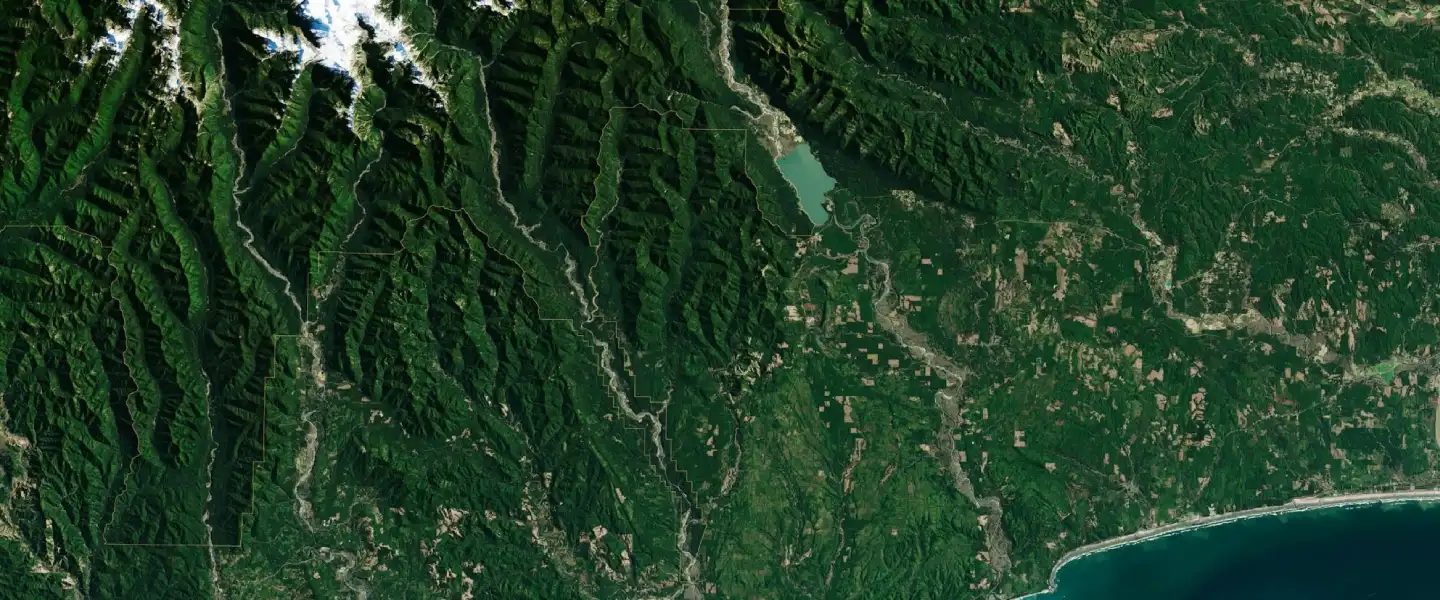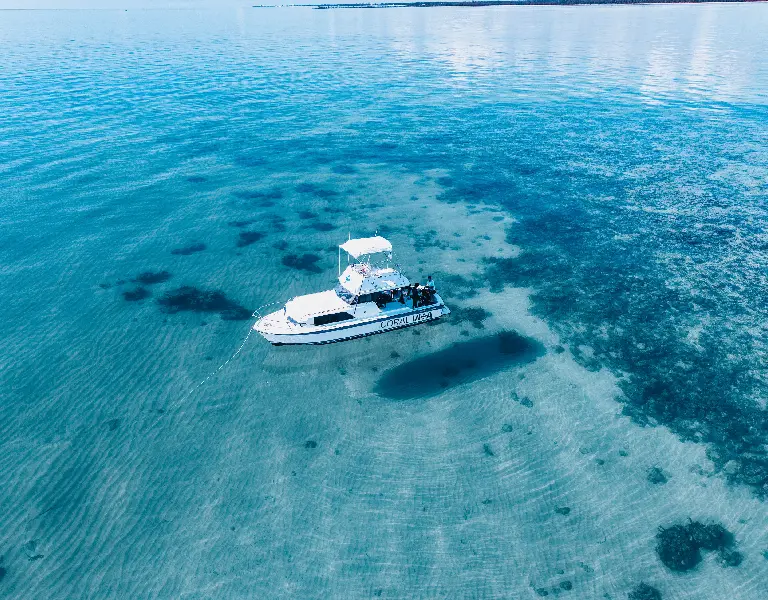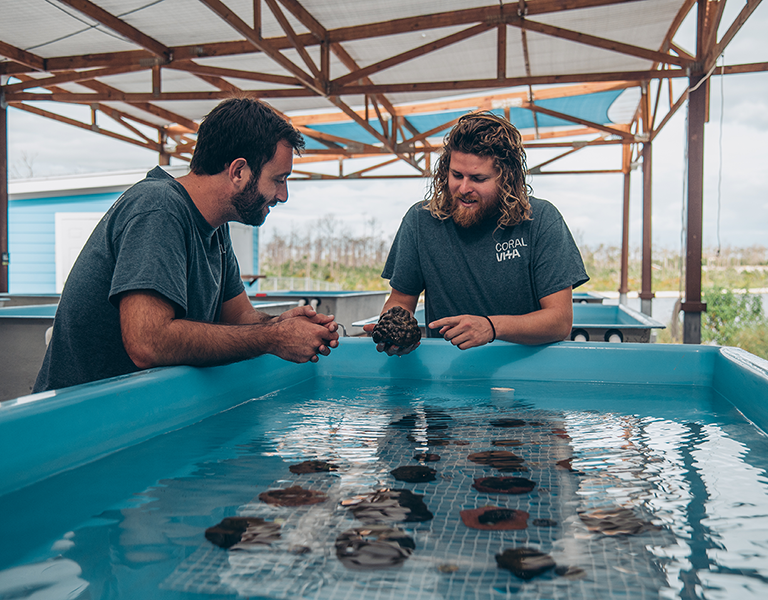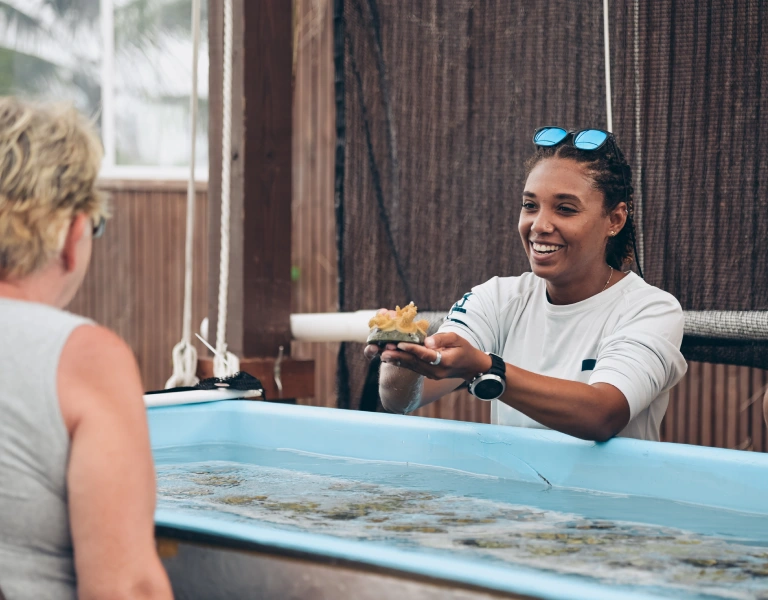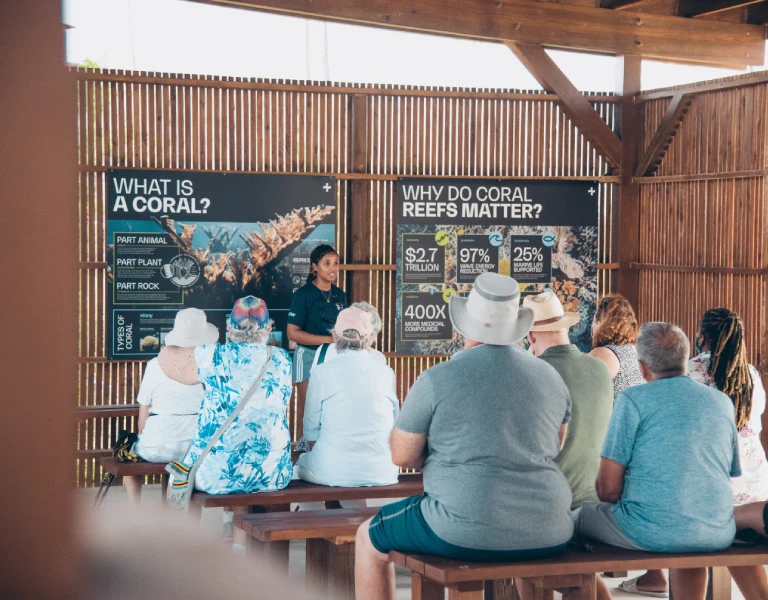Biodiversity hotspots represent Earth’s most biologically rich yet threatened regions. These remarkable areas harbor exceptional concentrations of local species while facing serious threats from human activities and climate change.
Key Takeaways
- Biodiversity hotspots cover just 2.4% of Earth’s land surface but contain more than 50% of the world’s plant species and 42% of terrestrial vertebrates.
- To qualify as a hotspot, a region must contain at least 1,500 endemic vascular plant species and have lost at least 70% of its original natural vegetation.
- The tropical Andes hotspot hosts the highest biodiversity of any hotspot, with about 15,000 plant species found nowhere else.
- Hotspots face multiple threats including habitat loss, climate change, and human development.
- Conservation of hotspots provides essential ecosystem services including climate regulation, food security, and clean water.
What Defines a Biodiversity Hotspot?
The biodiversity hotspot concept was introduced by British ecologist Norman Myers in 1988 and later refined through extensive global review by Conservation International. To qualify as a biodiversity hotspot, a region must meet two strict criteria: it must contain at least 1,500 species of vascular plants as endemics (exclusive species) and have lost at least 70% of its original natural vegetation due to human actions[1]1.
This approach identifies areas where extraordinary concentrations of local species are undergoing exceptional habitat degradation, helping prioritize conservation efforts where they’re most urgently needed.
The World’s Biodiversity Hotspots
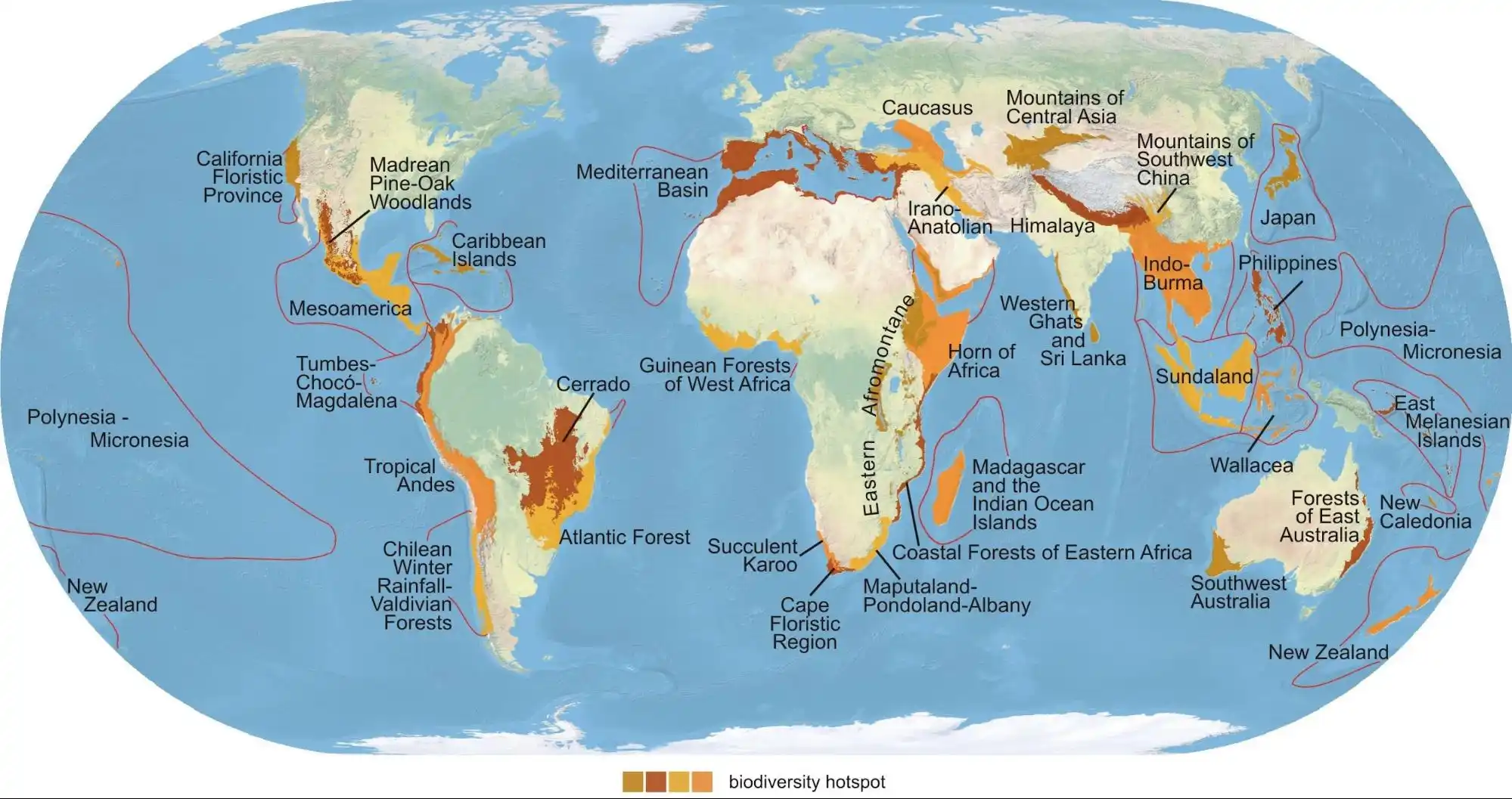
Currently, 36 regions worldwide qualify as biodiversity hotspots. Together, these areas cover just 2.4% of Earth’s land surface but contain more than half of the world’s plant lives and a vast array of animal species as endemics[2]2.
The tropical Andes3 hotspot stands as the world’s richest and most diverse, stretching along the mountain range through Venezuela, Colombia, Ecuador, Peru, Bolivia, and northern Argentina. This region supports about 15,000 plant lives found nowhere else, including numerous orchids, bromeliads, and other unique plant cover.
The Caribbean Islands biodiversity hotspot encompasses more than 700 islands with exceptional biodiversity both on land and in surrounding coastal ecosystems. These islands support approximately 7,000 endemic plant lives along with many endemic reptiles, amphibians, and birds that have evolved in isolation[3]4.
Climate crisis poses a serious threat to biodiversity hotspots5 globally. As temperatures rise and precipitation patterns shift, many endemic species face conditions outside their evolutionary experience. This is especially concerning for island hotspots and species in mountain ranges, where warming temperatures force species to move upslope, eventually running out of suitable habitat.
Why Are Biodiversity Hotspots Important?
Protecting biodiversity hotspots represents6 our most efficient strategy for preventing mass extinction. These areas contain disproportionate concentrations of the world’s biodiversity in relatively small land areas, making them critical priorities for conservation organizations like the Critical Ecosystem Partnership Fund.
Biodiversity underpins ecological services essential for human survival and well-being. Healthy ecosystems in hotspots provide clean water through watershed protection, food security through pollination and crop diversity, medicine and pharmaceutical compounds, climate regulation through carbon sequestration, and natural disaster mitigation.
These ecological services support both local communities and broader human society, often providing the greatest benefits to the world’s poorest people who depend directly on natural resources[4]7.
Major Threats to Biodiversity Hotspots
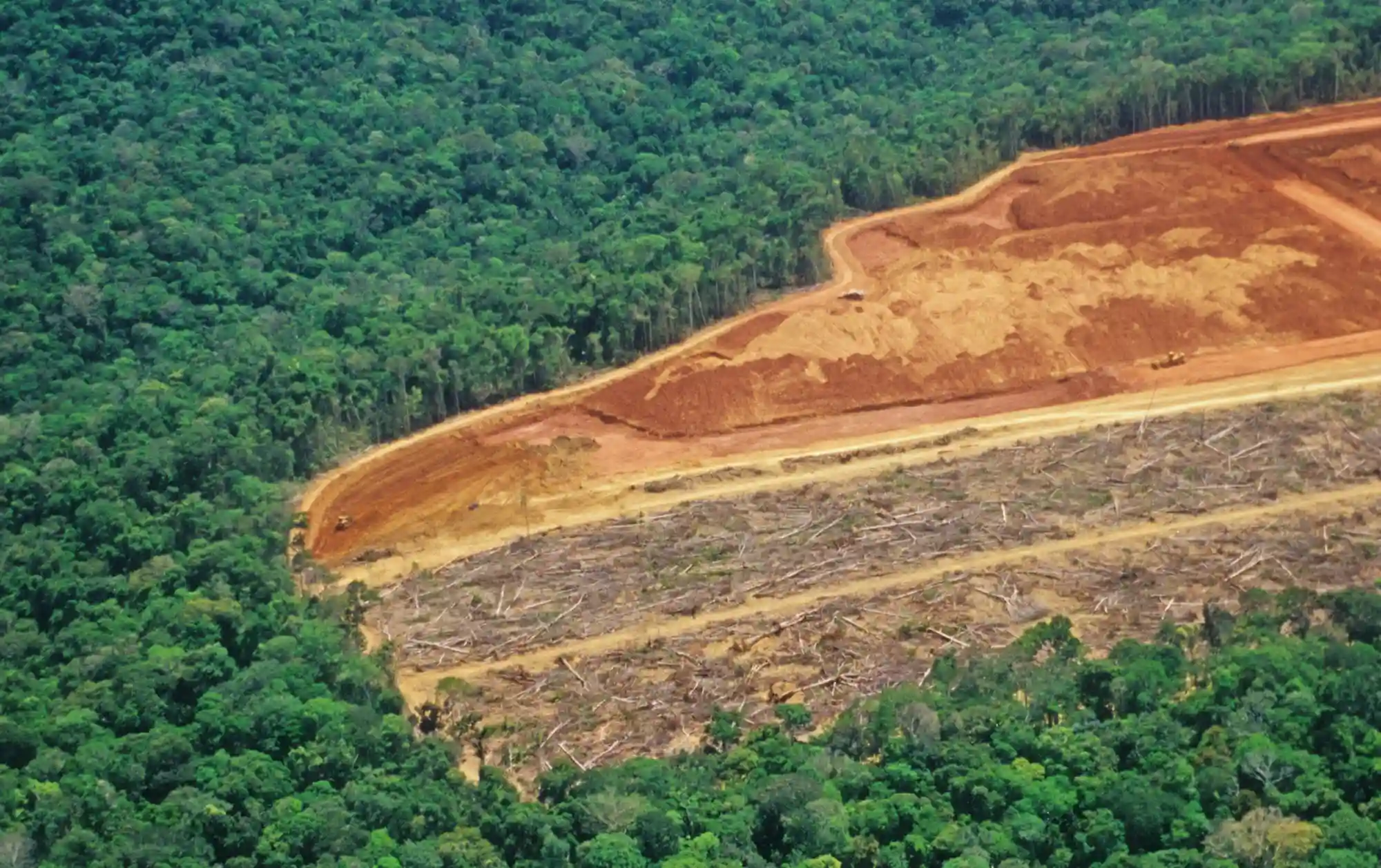
Habitat destruction remains the primary threat to biodiversity hotspots worldwide. Agricultural expansion, logging, mining, and urbanization have already destroyed more than 70% of the natural vegetation in these regions, with ongoing loss continuing in many areas[5]8. The fragmentation of remaining habitat makes species more vulnerable to other threats and reduces population viability over time.
Beyond direct habitat destruction, human projects threaten biodiversity hotspots through pollution, overharvesting, invasive species introduction, and infrastructure development that fragments habitat. These pressures are particularly severe in regions where rapid economic development coincides with high biodiversity and limited conservation capacity.
Conservation Strategies

Establishing and effectively managing conservation areas remains fundamental to biodiversity hotspot conservation. Conservation International and other international organizations work to expand protected area networks within hotspots while improving management effectiveness[6]9.
Successful hotspot conservation depends on engaging local communities who often serve as the best stewards of their natural resources. Programs that provide sustainable livelihoods, recognize indigenous land rights, and share conservation benefits with local people have proven more successful than approaches that exclude human ventures.
In heavily degraded hotspots, ecological restoration offers hope for recovering biodiversity and ecological services. Innovative restoration approaches, including those developed by organizations like Coral Vita for marine ecosystems, demonstrate that even severely damaged ecosystems can recover with appropriate intervention and protection.
Conclusion
Biodiversity hotspots represent Earth’s most extraordinary reservoirs of biological diversity. By concentrating on these regions that host more than half the world’s plant lives in just 2.4% of the planet’s land area, conservation efforts can achieve maximum impact.
As we face unprecedented global environmental changes, biodiversity hotspots offer both urgent conservation priorities and sources of resilience and hope. By preserving these remarkable centers of biodiversity, we safeguard the evolutionary potential that will shape Earth’s future ecosystems and secure the natural systems upon which all human societies ultimately depend.
About Coral Vita
Coral Vita is a mission-driven company dedicated to restoring our world’s dying and damaged reefs. Using innovative land-based farming techniques, Coral Vita grows diverse and resilient corals in months instead of the decades they take in nature. These corals are then transplanted into threatened reefs, helping to preserve ocean biodiversity while protecting coastal communities that depend on healthy reefs for protection, food, and income].
Founded by environmental entrepreneurs Sam Teicher and Gator Halpern, Coral Vita’s high-tech coral farms incorporate breakthrough methods to restore reefs in the most effective way possible. In 2021, the company was recognized as the inaugural winner of Prince’s William’s Revive Our Oceans Earthshot Prize Winner for their pioneering work in coral restoration.
To learn more about Coral Vita’s work or to get involved in coral reef conservation efforts, visit their website at www.coralvita.co or contact them directly through their Contact Us page.
Frequently Asked Questions
What is a biodiversity hotspot?
A biodiversity hotspot is a region with an exceptional concentration of local species (found nowhere else) that is experiencing severe habitat loss. To qualify, an area must contain at least 1,500 endemic plant lives and have lost at least 70% of its native flora.
Why are biodiversity hotspots important?
Biodiversity hotspots are important because they contain over 50% of the world’s plant lives in just 2.4% of Earth’s land surface. They provide crucial ecosystem services like clean water, food security, and climate control essential for human survival.
How many biodiversity hotspots are there?
There are currently 36 recognized biological diversity hotspots worldwide. These regions span six continents and include areas like the Andean region, Madagascar, the Caribbean Islands, and the forests of Southeast Asia.
How does climate change affect biodiversity hotspots?
Climate crisis threatens biological diversity hotspots through rising temperatures, altered precipitation patterns, and more extreme weather events. Species in these areas often have restricted ranges and specific habitat requirements, making them particularly vulnerable to changing conditions.
References
- https://www.conservation.org/priorities/biodiversity-hotspots ↩︎
- https://www.cepf.net/our-work/biodiversity-hotspots ↩︎
- https://www.worldwildlife.org/places/tropical-andes ↩︎
- https://www.sciencedirect.com/science/article/pii/S2351989419307231 ↩︎
- https://www.pnas.org/content/117/51/32411 ↩︎
- https://www.pnas.org/content/97/4/1990 ↩︎
- https://www.nature.com/articles/387253a0 ↩︎
- https://www.ipbes.net/global-assessment ↩︎
- https://www.iucn.org/resources/issues-brief/protected-areas-and-biodiversity ↩︎
